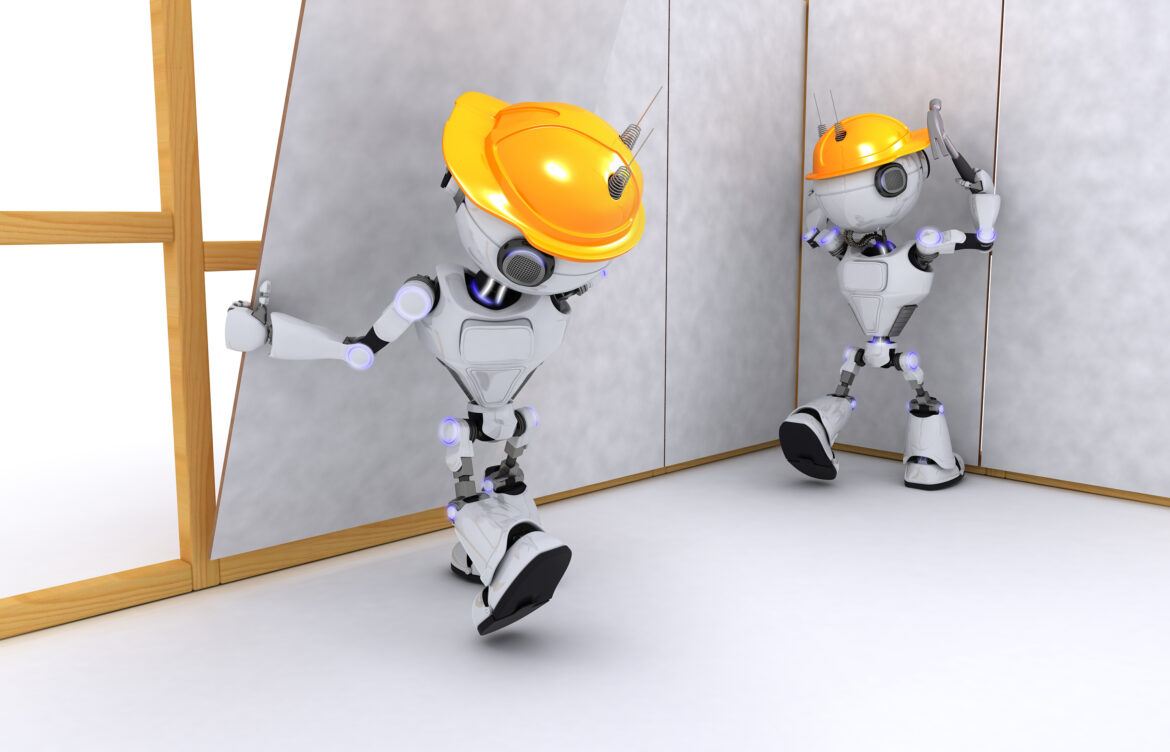
BIM: The Future of Collaboration in UAE Construction
Building Information Modeling (BIM): The Future of Collaboration in UAE Construction
The glistening towers of Dubai and the sprawling infrastructure projects across the UAE paint a picture of a booming construction industry. But beyond the awe-inspiring structures lies a silent revolution—one driven by Building Information Modeling (BIM), a technology transforming the way buildings are designed, built, and managed.
From Fragmented Plans to Unified Vision: The Power of BIM
BIM transcends traditional blueprints, instead creating a digital twin of a building. This intelligent 3D model integrates all physical and functional aspects of the project, encompassing architectural design, structural elements, building systems, and even cost data. With BIM, stakeholders—architects, engineers, contractors, facility managers—no longer work in silos; they share a single, unified platform, fostering:
Enhanced Collaboration: Real-time information sharing minimizes miscommunication and errors, leading to smoother workflows and reduced rework.
Improved Efficiency: Clash detection identifies potential issues early on, optimizing resource allocation and preventing costly delays.
Reduced Costs: Precise data and simulations enable accurate cost estimation and budgeting, minimizing waste and unnecessary expenditures.
Sustainable Design: BIM facilitates the integration of sustainable practices, optimizing energy efficiency and minimizing environmental impact.
Building Bridges, Not Silos: BIM Collaboration in Action
The collaborative nature of BIM shines through in various aspects of UAE construction:
Mega-Projects: Complex projects like Expo 2020 Dubai and Masdar City leverage BIM to ensure seamless collaboration between numerous stakeholders, ensuring timely completion and efficient resource management.
Design Coordination: Architects, engineers, and MEP specialists work together within the BIM model, resolving conflicts and optimizing designs before construction begins.
Virtual Site Visits: Stakeholders can virtually walk through the BIM model, identifying potential challenges and ensuring proper coordination during construction.
Facility Management: Building data embedded within the BIM model streamlines maintenance and operational processes, enhancing building performance over its lifecycle.
Shaping the Future of Construction: BIM’s Vision for the UAE
As BIM adoption continues to rise in the UAE, the industry is poised for significant transformations:
Increased Competitiveness: BIM-enabled companies gain a competitive edge through faster project delivery, higher quality outcomes, and cost-efficiency.
Skilled Workforce Development: Training programs equip professionals with the expertise to leverage BIM effectively, creating a future-ready workforce.
Standardized Practices: Industry-wide BIM standards ensure data interoperability and seamless collaboration across projects and companies.
Advanced Technologies: Integration with technologies like AI and 3D printing unlocks further efficiencies and innovative construction methods.
BIM is not just a technology; it’s a collaborative culture shift. By embracing this digital revolution, the UAE construction industry can build a future marked by efficiency, sustainability, and seamless collaboration, ensuring that its structures remain not just marvels of engineering, but testaments to visionary thinking and collective effort.

